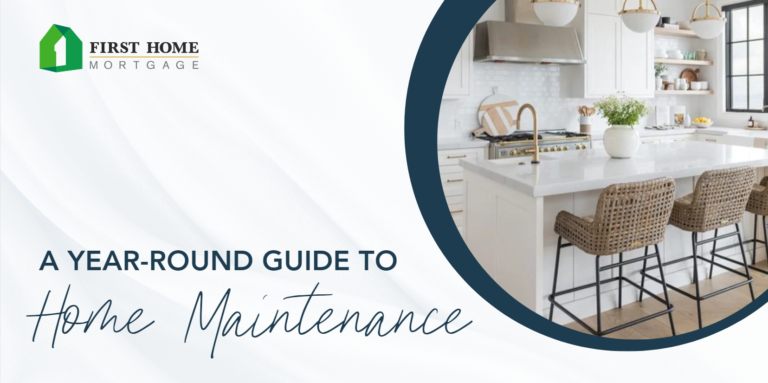
Your garage can serve many purposes, but not if it’s full of clutter. A recent study showed that only 30% of homeowners with garages use them to store their vehicles because they are just too full! If you are ready to organize your garage, the good news is that this is a project you can tackle yourself at little to no cost to you.
Step 1: Purge Unnecessary Items
Set aside a few hours or a whole day to go through absolutely everything in your garage. Sort items into four separate piles – items to keep, items to sell, items to donate, and items to the trash. Make plans to drop off donations and sell anything you’d like to right away, so you can free up that space for your “keep” pile. Put the trash out immediately, or schedule a trash pick up or take a trip to your local dump as soon as possible if it’s too much for your regular trash service to take.
Step 2: Decide Which Keep Items Stay in The Garage
Some items should not be stored in a garage. Move anything from the list below to a safer spot in your home or yard!
Paint Cans: Extreme cold or heat can ruin the paint. It’s best to store cans in a temperature-controlled area.
Propane and Other Fuels: Experts recommend keeping this outside and away from your home since a small spark could ignite them.
Paper goods and Pet Foods: These can attract pests and small animals to your garage. They are safer when stored indoors.
Extra Refrigerator: This can be a huge energy drain in spaces that are not air-conditioned, and is better off indoors if possible.
Step 3: Make the Most of Your Storage Space
Sort your “keep” pile, such as lawn and garden, bikes or sports equipment, tools, seasonal items, etc. An organized garage starts with storing it all! Wall hooks and open shelves are an inexpensive way to add lots of extra vertical storage space in your garage. Clear or labeled bins are great for grouping and storing smaller items. Clear jars are perfect for keeping track of very small items like nuts and bolts. Wall hooks and baskets can hold all sorts of items, from bikes and hoses to flowerpots. Large items such as lawnmowers should go against walls or in corners to avoid bumping into them with your vehicle. It’s a good idea to store frequently used items closer to the garage door for easy access, while seasonal items can be stored out of the way until they are needed. The garage ceiling can be a great spot for flat, infrequently used items like sleds and beach chairs, just be sure they are placed out of the way of your garage door and high enough not to scratch the roof of your car.
Step 4: Safety Counts!
It’s a good idea to keep a fire extinguisher mounted or easily accessible in your garage, in case of emergency. A carbon monoxide detector can add additional peace of mind (even though you should never leave your car running with the garage door closed!).
You’re now ready to start on your journey to an organized garage.
Considering moving or refinancing in the near future? If so, one of our experienced Loan Officers would love to help!


